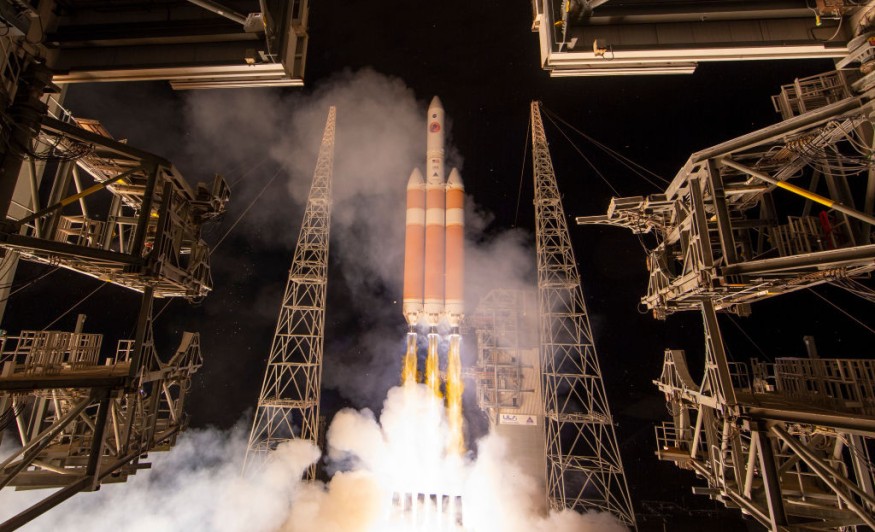The Parker Solar Probe of the National Aeronautics and Space Administration (NASA) is expected to fly through a solar storm or highly-energized solar particles from the Sun this September. So far, no contact has been made between the space probe and the solar phenomenon. However, its survivability or operational capability is of concern since solar storms are known for disrupting signals.
Flying Through Solar Flare

The potential contact came after NASA's Parker Solar Probe came a relatively close distance of 5.3 million miles (8.5 million kilometers) within the Sun's surface on September 6 at 2:04 a.m. EDT (local time). It is the spacecraft's 13th close approach of the Sun.
According to Nour Raouafi, a project scientist at Johns Hopkins University, nobody has ever hovered near a solar event in close proximity with the Sun before, as cited by Space.com. Raouafi managed the mission and works for the university's applied physics laboratory.
Parker Solar Probe
Parker Solar Probe has yet pass through a solar flare or a coronal mass ejection (CME) during its perihelion but its trajectory and contact with a solar storm can change this month, according to a statement by NASA.
The US space agency says the spacecraft has approached the Sun amid an increasing solar activity, as part of its Solar Cycle 25, which started its solar minimum in December 2019 and expected its solar maximum by 2025, according to astronomers.
The intensity and frequency of solar storms are determined by the phase of the current cycle, where more solar activities are expected during the maximum stage by 2025. This is expected to increase during its 11-year solar cycle.
Solar Storm Alert
In recent weeks and months, the Sun has emitted enormous solar storms, including solar flares from zombie sunspots, CMEs, and a solar wind. These solar eruptions have generated a variety of space weather hazards, including geomagnetic storms, solar radiation storms, and radio blackouts.
These space events have led to disruption of Earth's radio and satellite technology, affecting electronic devices, equipment, and craft dependent on them.
Touching the Sun
In December 2021, the Parker Solar Probe touched the Sun, which was never seen in history. This was made possible when it flown through the Sun's upper atmosphere, the corona, where it collected solar particles and sampled magnetic fields.
According to NASA TV, the event is the first of its kind where a spacecraft touched our solar system's only star. It is also considered as a major step in the field of solar science, bringing new discoveries similar to the moon landing which led to the understanding on how our natural satellite was formed.
Touching the Sun is a "monumental moment" for the field and a truly significant achievement, according to Thomas Zurbuchen, an associate administrator of the Science Mission directorate at NASA Headquarters in Washington.
Zurbuchen emphasized the feat offers us novel insights regarding our Sun's evolution and its wide implications in our solar system. In addition, it also influenced everything we learned about the Sun and other stars throughout the universe.
Related Article: Man-Made Barrier Surrounding the Earth Found by NASA Space Probes
© 2025 NatureWorldNews.com All rights reserved. Do not reproduce without permission.





